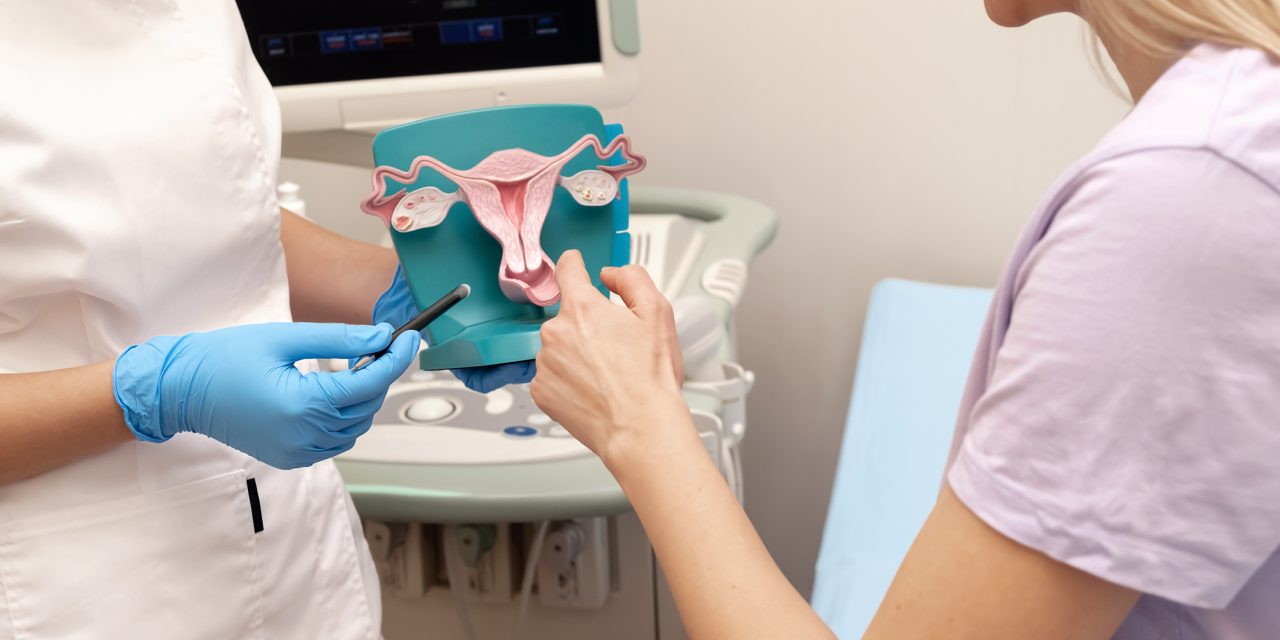The present study examines functional contributions of microglia in host defense, demyelination, and remyelination following infection of susceptible mice with a neurotropic coronavirus. Treatment with PLX5622, an inhibitor of colony stimulating factor 1 receptor (CSF1R) that efficiently depletes microglia, prior to infection of the central nervous system (CNS) with the neurotropic JHM strain of mouse hepatitis virus (JHMV) resulted in increased mortality compared with control mice that correlated with impaired control of viral replication. Single cell RNA sequencing (scRNASeq) of CD45+ cells isolated from the CNS revealed that PLX5622 treatment resulted in muted CD4+ T cell activation profile that was associated with decreased expression of transcripts encoding MHC class II and CD86 in macrophages but not dendritic cells. Evaluation of spinal cord demyelination revealed a marked increase in white matter damage in PLX5622-treated mice that corresponded with elevated expression of transcripts encoding disease-associated proteins Osteopontin (Spp1), Apolipoprotein E (Apoe), and Triggering receptor expressed on myeloid cells 2 (Trem2) that were enriched within macrophages. In addition, PLX5622 treatment dampened expression of Cystatin F (Cst7), Insulin growth factor 1 (Igf1), and lipoprotein lipase (Lpl) within macrophage populations which have been implicated in promoting repair of damaged nerve tissue and this was associated with impaired remyelination. Collectively, these findings argue that microglia tailor the CNS microenvironment to enhance control of coronavirus replication as well as dampen the severity of demyelination and influence repair.© 2020 The Authors. Glia published by Wiley Periodicals, Inc.
Microglia influence host defense, disease, and repair following murine coronavirus infection of the central nervous system.


